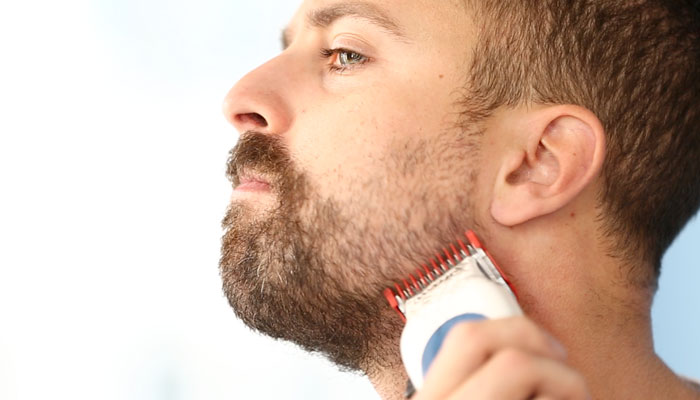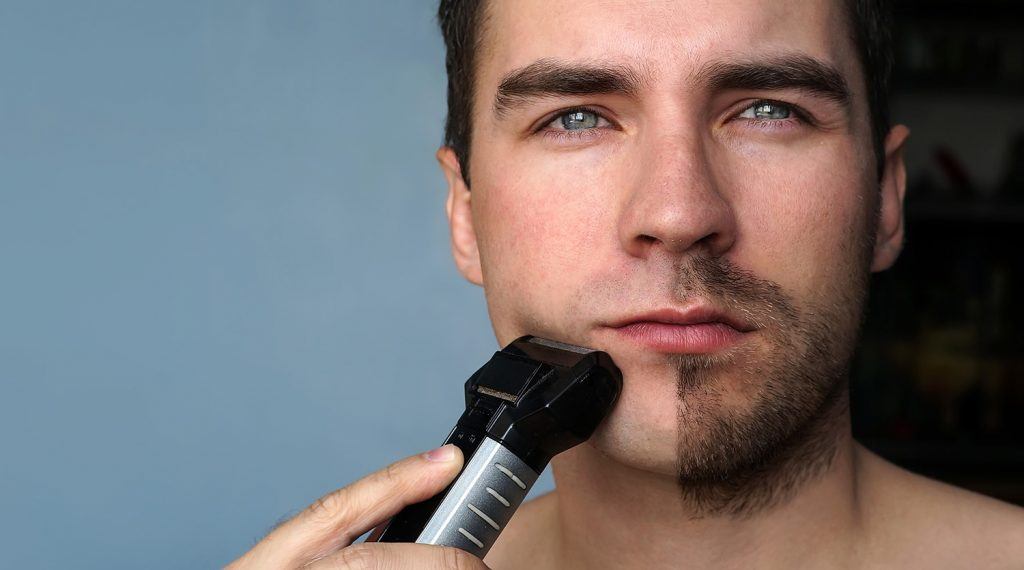How To Shave with An Electric Shaver?
Do you want to know how to shave with an electric shaver? Well, you’ve come to the right place. Here you will get to know about the proper technique for shaving with an electric shaver. Blades are usually made of stainless steel, but other metals could also be used, depending on the type of shaver you’re using. For example, some higher-end models will have gold-plated blades, so they stay sharp longer.
The rotary blade always moves in a circular motion, regardless of which type of shaver you’re using even though rotary blades come in all different shapes and sizes, and even though there are thousands of different types of these blades available, the main focus is on the razors that use blades with a single cutting edge. Therefore, most people opt for looking at rotary shavers, not trimmers, for the best body groom experience.

Step 1:
Prepare your face for shaving. Wash your face with warm water while using a mild soap or any facial cleanser that you prefer.
Step 2:
Purchase a shaver and a good-quality electric razor. For your first time shaving with an electric shaver, you’ll probably want to go with a regular rotary shaver.
Step 3:
Load up your electric shaver. If you’ve never shaved with an electric razor before, be sure to read through all the instructions before using one for the first time.
Step 4:
Choose a good location for your shave. For example, shaving in the shower can be great because it will give you a little extra protection from the hot water, the lather of your soap or cleanser, and steam from the shower. However, if you want to save some money on your electricity bill, you can also shave dry.
Step 5:
Turn your electric razor on. Your electric shaver should be plugged into the wall or some electrical outlet. After that, press the power button on the front of the razor to turn it on. Most electric razors work by vibrating.
Step 6:
Curl your beard. This step is very important because it will be very difficult for your razor to cut through it properly if you don’t curl your beard. You can either use a simple comb or brush before you shave, or you can wet the overall area that you’re planning on shaving.
Step 7:
Shave each section of your beard. Once you’re done curling your facial hair, move on to shaving each section of your face. Start by moving the razor in small circles, then switch over to shaving back and forth.
Step 8:
Clean up your face after you’re done shaving. Use a towel to get off any excess water from your post-shaving routine, then apply a moisturizer or a soothing aftershave to keep your skin from drying out too much.
Step 9:
Rinse and repeat until you’re satisfied with the results of your shave. If you’re satisfied, go ahead and rinse your face and face wash off as usual. If you want a closer shave, try placing a small amount of shave gel on the wet shaving area before you start to shave again.
Step 10:
Put the electric razor down for good. Once your first electric shaver has been used a few times, you should probably let it sit out to dry for a few days before using it again. The vibrations, blades, and motors in your shaver can get pretty dirty if you’re not careful with them.

Step 11:
Shave the next day again. Once your electric razor has been used once or twice, it’s time to get back to using it again the next day. If you want to, you can repeat the whole process repeatedly so that your face always looks clean and fresh.
Step 12:
Buy another electric razor if you want. If the first electric shaver you bought isn’t doing what you need it to do, don’t fret! You can always go out and buy another shaver that might work better for your face.
Step 13:
Never run an electric razor over your face when it’s plugged into the wall or anything else. If you try to shave while your razor is plugged in, you could get an electrical shock that might be very painful.
Once you read the details, it will be easy for you to properly understand the significant steps for shaving with an electric shaver.



